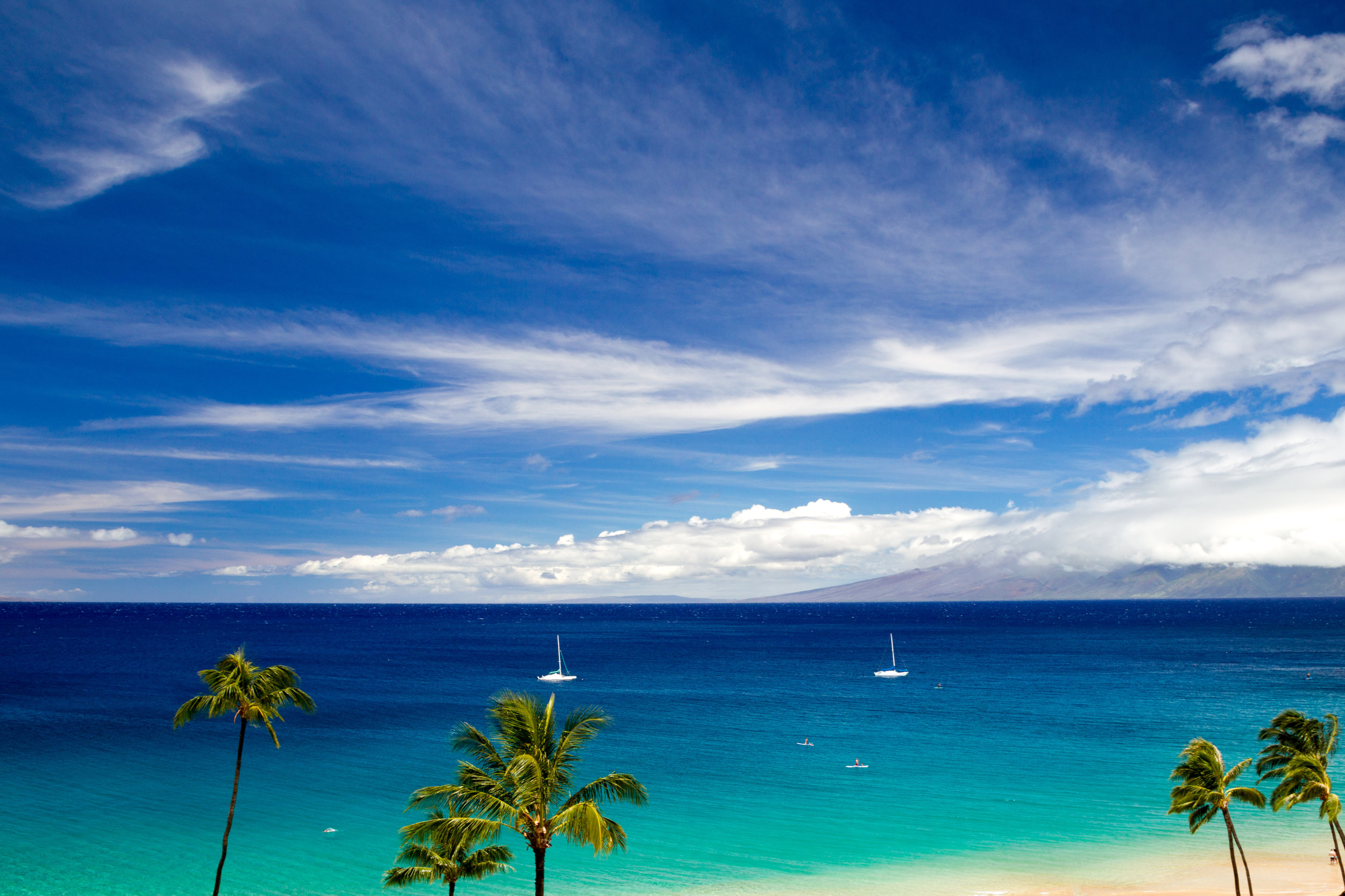Discover Molokai: The Island Off West Maui with Towering Cliffs and Rich History
If you're staying in West Maui, chances are you've looked out across the ocean and wondered, “What is that island over there?” The answer: Molokai—Hawaii’s fifth-largest island and home to some of the most dramatic landscapes and deep cultural history in the entire archipelago.
From the shores of Lahaina, Kaanapali, and Kapalua, Molokai is clearly visible on the horizon. But to truly understand its beauty and historical significance, the best way to explore it is by helicopter tour. On a West Maui and Molokai helicopter flight, you’ll fly over the tallest sea cliffs in the world, remote valleys, massive waterfalls, and the powerful story of the Kalaupapa Peninsula.
The Majestic North Shore of Molokai
Molokai’s north shore is one of the most remote and visually stunning places in all of Hawaii. Towering sea cliffs, some rising more than 3,000 feet, were formed over 1.5 million years ago when a significant portion of the island collapsed into the Pacific Ocean. This cataclysmic event carved out the rugged, awe-inspiring coastline visible today—accessible only by air or sea.
Your helicopter tour will also take you over the Kalaupapa Peninsula, which juts out dramatically from the base of these cliffs. Unlike the rest of Molokai, the peninsula was created by a submarine volcanic eruption roughly 250,000 years ago.
Kalaupapa: A Place of History and Healing
Beyond its geological wonder, Kalaupapa carries a deep human story. In the mid-1800s, Hansen’s Disease (commonly known as leprosy) spread through the Hawaiian Islands. With limited medical understanding and widespread fear, King Kamehameha V enacted the "Act to Prevent the Spread of Leprosy" in 1865. This law required patients with severe cases to be isolated, and Kalaupapa was selected for its extreme remoteness.
The first group of patients arrived in 1866. Over the next century, more than 8,000 individuals lived out their lives on the peninsula. One of the most revered figures of this era is Father Damien, a Belgian priest who dedicated his life to caring for the residents. He ultimately contracted the disease himself and passed away in 1889. His legacy is honored throughout Hawaii and the world.
If you’re interested in a deeper understanding of this chapter in Hawaiian history, the novel "Molokai" by Alan Brennert offers a powerful and emotional look through the lens of historical fiction.
Kalaupapa Today
Today, Kalaupapa is a U.S. National Historical Park. While a small number of former patients still reside there by choice, the area is mostly protected and preserved for its historical importance and natural beauty. Access is extremely limited—there are no roads in or out, and hiking in is no longer permitted due to trail damage.
The only way to fully appreciate the dramatic cliffs, the history, and the untouched beauty of Molokai’s north shore is from the sky.
Experience Kalaupapa and Molokai’s Wonders by Helicopter
To see this extraordinary region, we recommend the West Maui and Molokai helicopter tour. These flights depart from Kahului Heliport on Maui and provide breathtaking views of:
Molokai’s sea cliffs and waterfalls
The historic Kalaupapa Peninsula
The lush Halawa Valley
Scenic coastline and mountain terrain of West Maui
This is a once-in-a-lifetime aerial adventure that connects you to both the natural and cultural essence of Hawaii.
Book your West Maui and Molokai tour today and experience one of Hawaii’s most incredible hidden gems.

